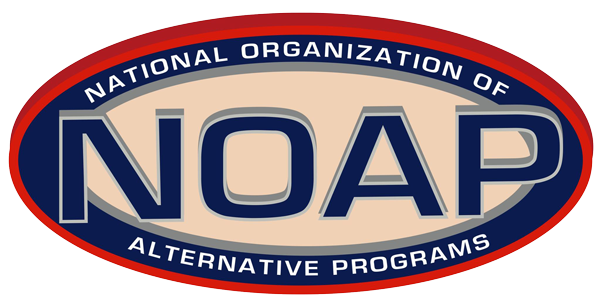History of the National Association of Alternative Programs

by: Linda Smith, First President of the National Association of Alternative Programs
What began as a hope to unite a few small state alternative programs and partner in some way with the National Council of Nursing (NCSBN) subsequently has grown into a vibrant and essential organization recognized national for its expertise in promoting workplace safety and retention while offering alternatives to discipline for nurses and other healthcare practitioners experiencing impairing conditions.
The National Organization of Alternative Programs (NOAP) had a humble beginning. Its vision began in the early 1990’s, when Jean Sullivan (WA. Program), Linda Smith (Florida IPN) and Diana Quinlan (AANA) requested a meeting at NCSBN to begin conversation regarding the possibility of forming a structured group with the purpose of uniting and supporting alternative to discipline programs (and directors) that were beginning to crop up around the country. Vicki Sheets, a Director from NCSBN, was indispensable in the coordination of the first meeting with Sullivan, Smith and Quinlan. An important outcome of this first meeting in Chicago at NCSBN headquarters was a consensus by the group to meeting regularly and per Vickie’s suggestion to attend NCSBN’s Annual Meeting to begin further dialogue with individual state boards of nursing. This initial dialogue led to invitations to attend future Annual Meeting and subsequent work to initiate regular education programs and discussion of the need for development of “Model Guidelines” to address non-disciplinary alternative programs.
Over the next few years education seminars were offered by NCSBN to its individual state board members and model guidelines were developed by a NCSBN work group with input from early programs and interested parties. Some of the key influencers in this partnership with NCSBN during this time were Jean Sullivan (WA), Linda Smith (FL), Mike Van Doren (TX), Diana Kulas (TN), Lou Baldwin (AL) and Diana Quinlan (AANA).
Work accomplished in the 90’s set the early foundation for the establishment of NOAP as a recognized organization. Its first official meeting as an organization was in the Summer of 1999. First officers were elected: Smith, L. President; Sullivan J. Vice President; Baldwin, L. Secretary and Kulas, D. Treasurer. During the next decade, NOAP began to partner further with key stakeholders. Two such partnership that were key were the National Consortium of Chemically Depended Nurses and the International Consortium on the Addicted Nurse in which NOAP partnered on presenting national conferences and worked together on a draft resolution which greatly contributed to the American Nurses Associations subsequent resolution “The Professions Response to the Problem of Addictions and Psychiatric Disorders in Nursing”.
NOAP is now recognized by the major nursing organizations as the expert in issues associated with the care and appropriate interventions to address impairing conditions among nurses, and, how to effectively promote and enhance workplace safety. Membership has grown, partnerships have strengthened and expanded. NOAP has developed comprehensive and sophisticated systems for effective monitoring and care. Education programs are available both in person and on-line. Collaboration and programming expanded to address healthcare professionals beyond nursing. Today over 46 states have recognized alternative to disciple programs assisting nursing colleagues NOAPs leadership remains strong and committed to meet its future.
